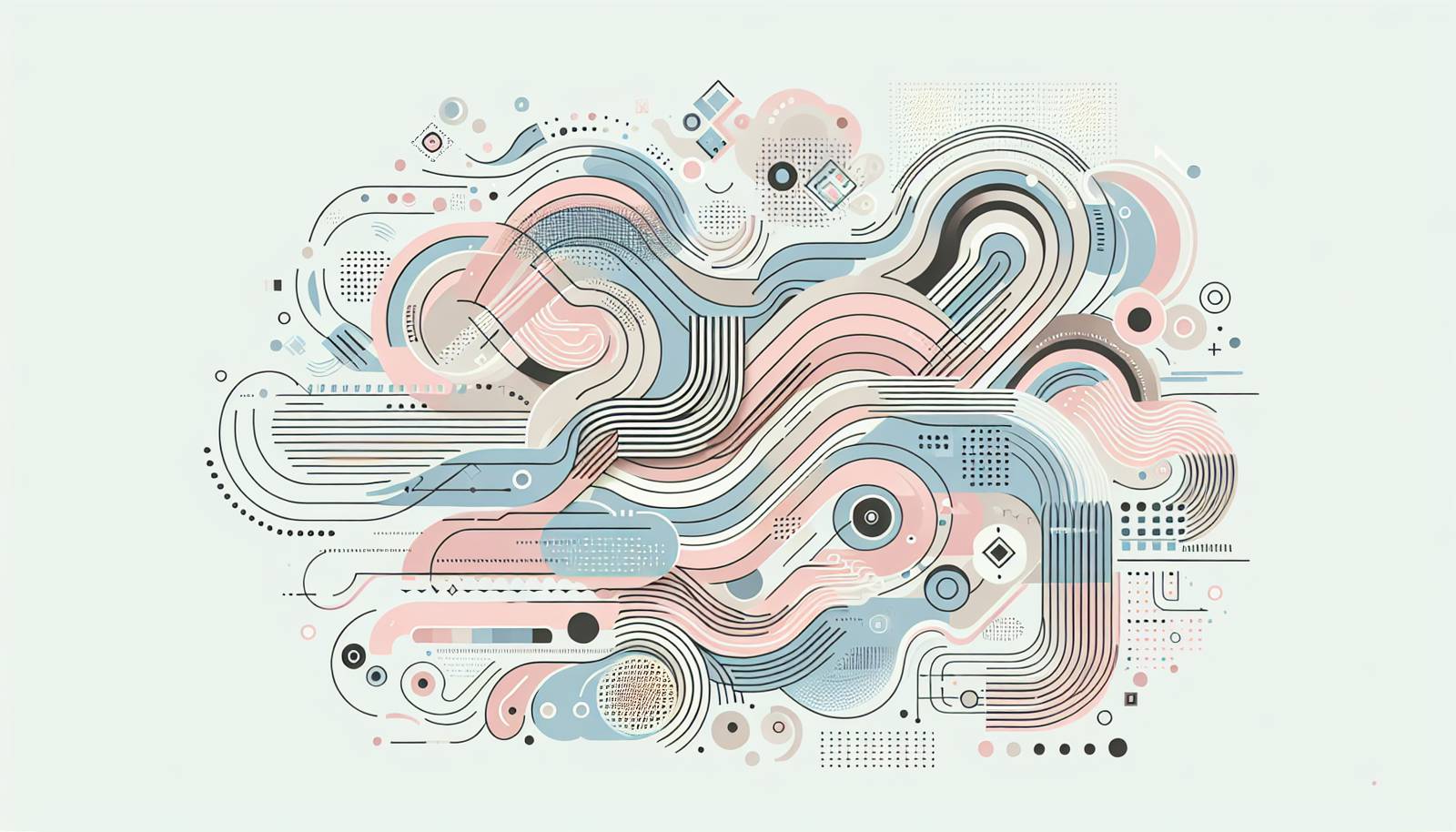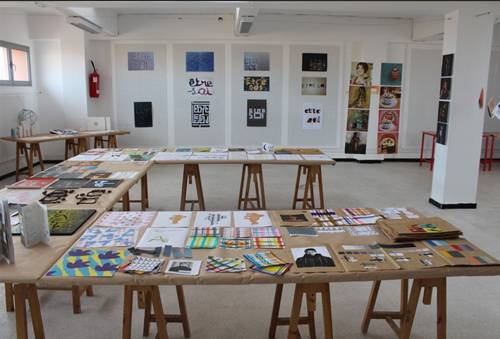
FAQ About The Role of Graphic Design in Shaping Modern Culture

What is the significance of graphic design in modern culture?
Graphic design is significant in modern culture as it acts as a conduit between creators and audiences, facilitating communication through visual means. It shapes brand identities, communicates complex ideas simply, and drives consumer engagement through appealing aesthetics. Graphic design is central to advertising, web design, product packaging, and more, influencing how society interprets and interacts with visual information.

How does graphic design influence consumer behavior?
Graphic design influences consumer behavior by crafting visuals that attract attention and elicit emotional responses, making products and services more appealing. Design elements like color, typography, and layout are strategically used to create brand recognition and loyalty, persuading consumers to choose one product over another based solely on aesthetic appeal and perceived value.

In what ways has graphic design impacted branding?
Graphic design has transformed branding by creating distinctive logos, color schemes, and visual motifs that become synonymous with a brand's identity. Good design ensures consistency across all marketing materials, allowing brands to convey their values, establish credibility, and stand out in competitive markets. Through design, brands can communicate their story and ethos effectively to their audience.

Can graphic design be considered a form of art?
Graphic design can indeed be considered a form of art, as it involves creativity, imagination, and an understanding of aesthetics. While it serves a functional purpose in communication and commercial contexts, many graphic designers employ artistic principles and techniques to create visually engaging and innovative designs, blurring the lines between art and functional design.

What role does technology play in graphic design today?
Technology plays a crucial role in graphic design by providing designers with advanced tools and software for creating sophisticated visuals efficiently. Programs like Adobe Creative Suite allow for detailed manipulation of images, vector graphics, and typography. Additionally, technology facilitates collaboration and distribution, enabling designers to work on global projects and share their work widely via the internet.

How has graphic design evolved over the years?
Graphic design has evolved significantly from its early days of manual illustrations and print work to sophisticated digital design tools. The introduction of computers and design software has transformed processes, allowing for precision and creativity previously impossible. The advent of digital media has expanded the role of graphic designers to encompass web design, UX/UI design, motion graphics, and more.

What are some common misconceptions about graphic design?
A common misconception about graphic design is that it solely focuses on aesthetic appeal, ignoring functionality and message. Many people also underestimate the complexity and skill involved, assuming anyone with design software can create effective designs. In reality, graphic design requires a deep understanding of visual communication principles, audience psychology, and technical skills.

Why is color theory important in graphic design?
Color theory is fundamental in graphic design because it informs the choices that affect how an audience perceives a design. Different colors can evoke emotions and convey messages, making them a powerful tool for establishing brand identity and influencing consumer behavior. Understanding color theory helps designers create harmonious and visually appealing designs that effectively communicate their intended message.

What impact does graphic design have on social media?
Graphic design has a significant impact on social media by enhancing visual storytelling and brand presence. Well-designed graphics can increase engagement, improve aesthetic appeal, and make content more shareable. On platforms where visual content is key, such as Instagram and Pinterest, strong graphic design can set brands apart and help communicate messages quickly and effectively.

How does graphic design contribute to effective communication?
Graphic design contributes to effective communication by translating complex information into visual elements that are easy to understand and remember. It uses principles of design such as hierarchy, contrast, and alignment to guide the viewer’s eye and deliver messages more effectively. This visual storytelling can aid in clarity and retention, making it an invaluable tool in both educational and commercial settings.

What are the ethical considerations in graphic design?
Ethical considerations in graphic design involve ensuring that visuals truthfully represent the products or messages and do not manipulate or deceive audiences. Designers must be conscious of not perpetuating stereotypes or bias through their imagery. They are also responsible for upholding intellectual property rights and respecting cultural sensitivities, ensuring that their work is both authentic and respectful.

What skills are essential for a successful graphic designer today?
A successful graphic designer needs a blend of technical and creative skills. Proficiency in design software like Adobe Illustrator, Photoshop, and InDesign is crucial, along with an understanding of typography, color theory, and layout principles. Additionally, problem-solving skills, creativity, and the ability to adapt to new trends and technologies are essential, along with strong communication skills to convey ideas effectively.

How does graphic design affect visual literacy?
Graphic design affects visual literacy by serving as a medium through which individuals can interpret and understand visual information. As society increasingly engages with visual media, graphic design helps in enhancing the skills required to decode and make meaning from visual cues. By producing visually coherent and contextually relevant designs, graphic design teaches audiences how to read and understand graphic elements effectively.

Why is typography important in graphic design?
Typography is a crucial element of graphic design because it significantly impacts the legibility, readability, and overall aesthetic of a design. The choice of font, size, spacing, and color in typography can convey different emotions and meanings, influencing how the audience perceives and interacts with the message. Good typography ensures that text is both attractive and functional, enhancing communication effectiveness.

How does graphic design intersect with other disciplines?
Graphic design intersects with various disciplines such as marketing, advertising, user experience design, and even psychology. In marketing, it helps craft visual branding and advertising materials. In UX/UI design, it enhances user interfaces and experiences. The understanding of consumer psychology enables designers to create visuals that influence perceptions and behaviors, making it a multidisciplinary field.

What are some famous examples of impactful graphic design?
Famous examples of impactful graphic design include the "I ♥ NY" logo by Milton Glaser, the Coca-Cola logo, and the unique style of Saul Bass in movie posters and title sequences. These designs have transcended their initial purpose to become cultural icons, influencing countless designs and setting standards for branding and visual communication.

What is the future of graphic design in shaping culture?
The future of graphic design will likely continue to shape culture by evolving with technology and societal changes. As digital interfaces become increasingly central to our lives, the role of graphic design in enhancing user experiences and environments will grow. Sustainable design practices will also play a role as designers consider environmental impacts, reflecting a cultural shift towards sustainability and social responsibility.

How do graphic designers measure the success of their designs?
Graphic designers measure the success of their designs through a combination of client feedback, audience engagement, and meeting the design objectives. Metrics in digital designs might include user interaction rates and conversions, while physical designs might rely on consumer responses and brand recognition. Successful designs ultimately achieve the intended communication goals and resonate with the target audience.

What are some emerging trends in graphic design?
Emerging trends in graphic design include the use of 3D design and animation, minimalism, bold typography, and the integration of artificial intelligence in design processes. Designers are also exploring immersive experiences through augmented reality (AR) and virtual reality (VR). These trends reflect the ongoing evolution of design as it adapts to new technologies and changing consumer preferences.

How can one begin a career in graphic design?
To begin a career in graphic design, one typically needs a strong foundation in design principles, often obtained through a degree in graphic design or a related field. Building a portfolio showcasing a range of projects is essential to demonstrate skills and creativity. Aspiring designers should also stay updated on design trends and software, and consider internships or freelance work to gain real-world experience and industry connections.
